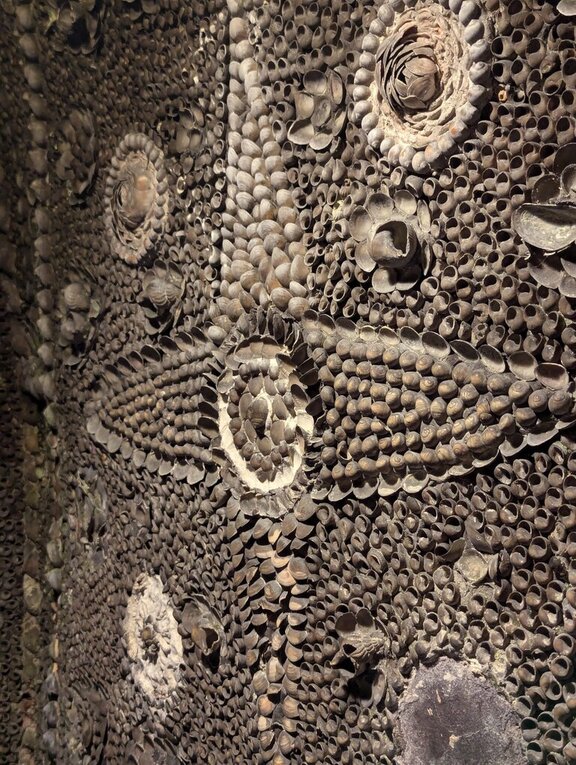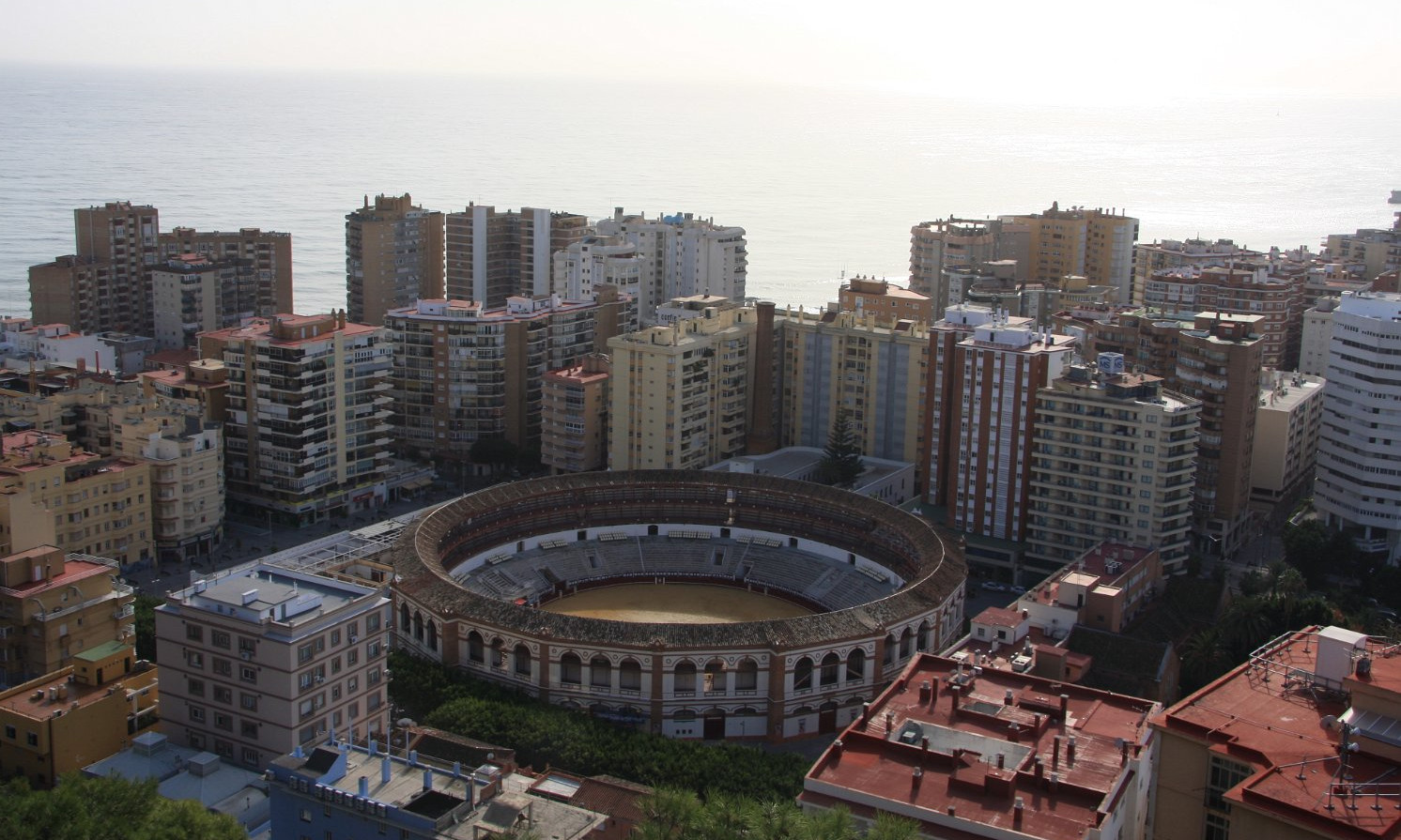
This summer, I spent a few days of holiday in Kent, and one of the most intriguing attractions I came across was the Shell Grotto in Margate. I decided to explore it, and it turned out to be an unforgettable experience. The grotto is truly a hidden gem — a subterranean passageway adorned with a stunning mosaic of 4.6 million shells. What makes this place even more fascinating is the mystery surrounding its…



